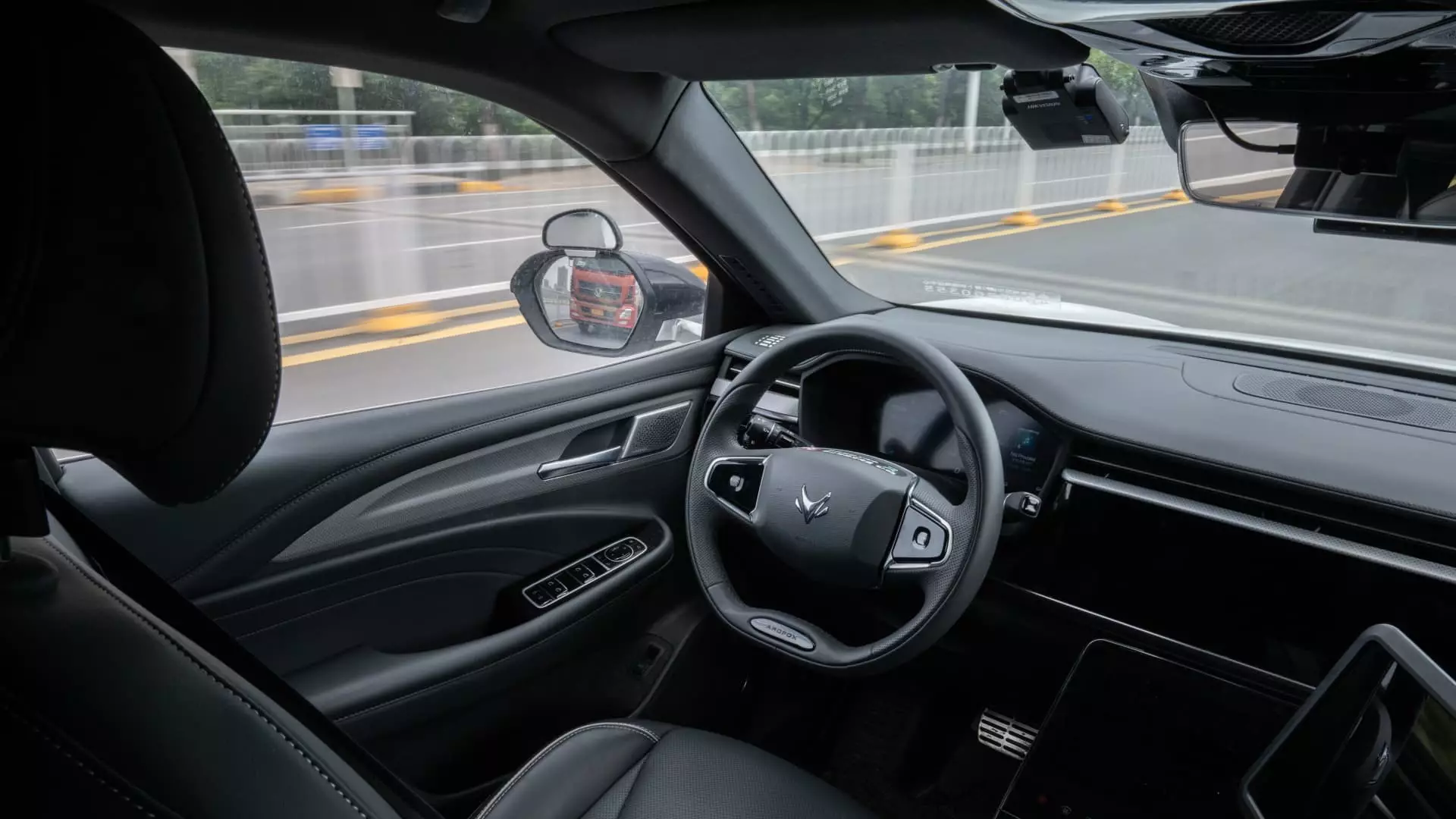China’s push towards developing robotaxis has gained momentum in recent years, with local governments allowing domestic players to operate driverless taxi services. This has led to increasing competition in the transportation industry, particularly concerning traditional taxi drivers who fear losing their jobs. The rise of robotaxis in China has garnered significant attention on social media platforms, sparking discussions about the impact on the livelihood of taxi drivers.
Videos showcasing fully autonomous driving taxi experiences have become a trending topic on social media platforms like Douyin and Weibo. Baidu’s robotaxi unit, Apollo Go, has seen rapid user adoption in cities like Wuhan, where the company operates fully driverless vehicles. With plans to increase its fleet to 1,000 robotaxis by the end of the year, Baidu’s Apollo Go is one of the largest robotaxi operators in China.
The increasing presence of robotaxis in major Chinese cities has raised concerns among traditional taxi drivers. Some taxi companies have reported a decline in income, prompting calls for reduced taxes and more restrictions on robotaxi operations. The slowdown in wage growth in China has added to the uncertainty faced by taxi drivers, who fear being displaced by autonomous driving technology.
To address concerns about the growing number of ride-hailing drivers and companies, some local governments have imposed restrictions on the industry. Cities like Guyuan and Guiyang have suspended online ride-hailing businesses and new license approvals to prevent market saturation. The Ministry of Transport reported a significant increase in registered ride-hailing drivers in China, leading to a competitive environment for traditional taxi services.
The Chinese government has laid out plans to promote cloud-connected cars and autonomous driving technology. Pilot programs in major cities like Beijing, Shanghai, and Wuhan aim to test low-speed unmanned vehicles and integrate robotaxis into public transportation systems. Despite the potential benefits of autonomous driving, concerns remain about the impact on traditional taxi services and the livelihood of taxi drivers.
The rise of robotaxis in China presents both opportunities and challenges for the transportation industry. While autonomous driving technology promises to improve efficiency and safety, it also raises questions about job displacement and market competition. As robotaxis become more prevalent in Chinese cities, it is essential to consider the impact on taxi drivers and the need for regulatory measures to ensure a fair and sustainable transportation ecosystem.

